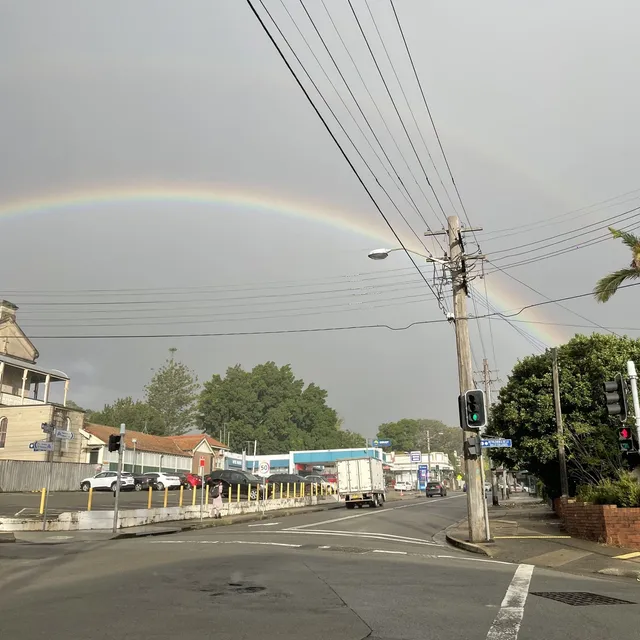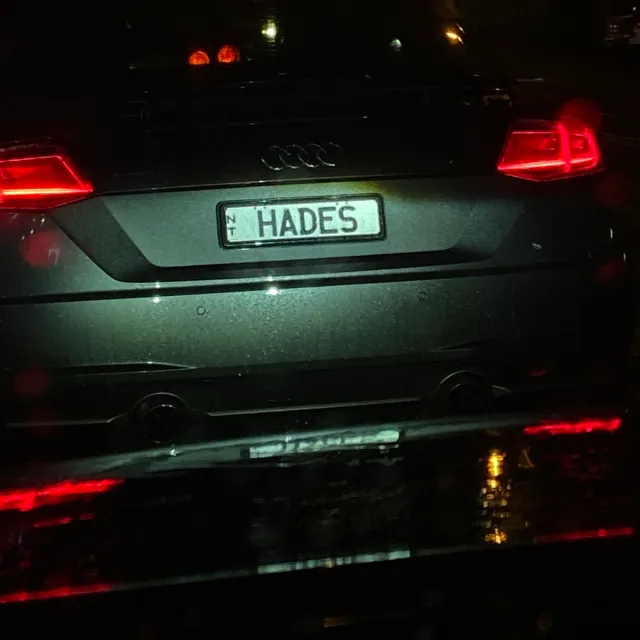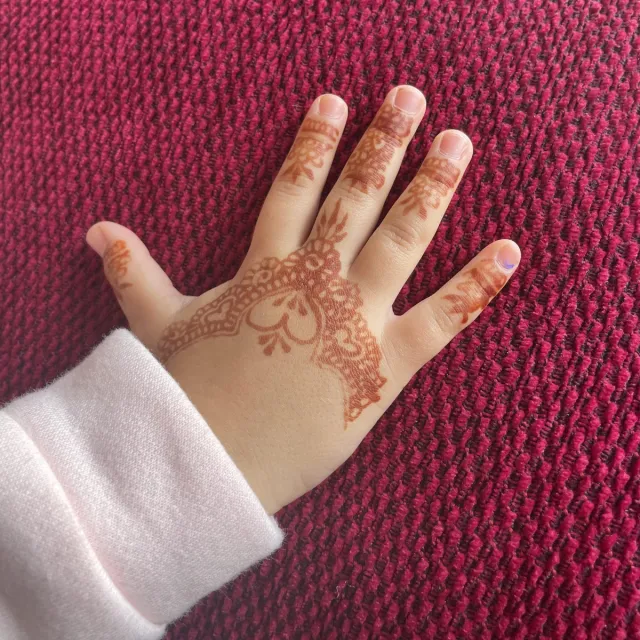Tabitha Prado Richardson
“vibration/body/heart”
i move with the trees in the breeze
i know that time is elastic
and i know when i go
all my particles disband and disperse
and i’ll be back in the pulse
and i know none of this will matter in the long run
but i know a sound is still a sound around no one 1
i'm not sure where i got the idea that i wanted to play the harp. that's partially a lie, because i know it was precipitated by a nascent obsession with joanna newsom at the end of 2019. but before then, in high school, i remember wishing that i could play the autoharp. a few years i spotted one in an antique store in petersham, lacquered black and accented with pink florals. it reminded me of one of those myspace bulletin questionnaires that i had posted back in the day, where i said that if i could play any instrument, it would be the autoharp, and someone replying saying that was ‘real indie’ of me.2
i tried to teach myself the guitar in high school, managing a small chunk of a death cab for cutie song, but it felt unwieldy. even earlier, i tried to learn the piano, but my lack of diligence as a child precluded me from moving beyond playing with one hand. thinking about it now, at a stretch, the harp is a kind of meeting point between the guitar and the piano, carrying both folk and classical heritages. of course, when i was dreaming of the autoharp, i did not even consider the possibility that i could one day play a full-sized harp. it is a very big, expensive, insurmountable instrument. perhaps i did wish i could play it but kept it a secret from myself, watering it down with my wish for an autoharp.
my musical practice feels similarly private and internalised. sometimes when i practice the harp, i imagine i’m sitting in an ornate parlour, the daughter of some mildly aristocratic person in the regency period. my governess is teaching me the simplest of bach arrangements and tutting sternly at my poor form. it is fun to silently play with the disciplinarian that lives in me who despises my leisurely pace. however, my little fantasy betrays so much of where the harp sits in the cultural imaginary. since i started playing the harp, i make note of when it ornaments the sets of period pieces, usually to demonstrate the cultural prestige and wealth of a particular character. it is a highly feminised instrument, due in part to the period where young girls of a certain class were expected to learn various skills to become more marriageable. implicit in this european history of the classical harp is a background of colonialism and an attachment to ‘mastery’ in the fine arts, emphasising discipline over enjoyment.3
the harp is also represented as the instrument of choice for angels. i tried to find out why that is, and came across a christian website that mentioned that this stereotype is in part influenced by the idea of ‘musica universalis’, which was the philosophical idea conceived by pythagoras that the orbits of the sun, moon, and other celestial bodies created a kind of music, the planets moving and reverberating with each other in perfect harmony like strings on a harp4. the bible also mentions harps at various points as they were a common ancient instrument, and that seems to be the more likely reason why angels are depicted with harps. but the ‘musica universalis’ theory feels more connected to what playing a harp feels like:
when i play, you know, it’s pressed to my chest and i can feel the vibrations all through my ribcage and collarbones … the harp is so unique in its timbre … when you pluck a single note, for example, it sets off a chain reaction so that every single string vibrates at once, with varying intensities and volumes and for varying durations of time. 5
johannes kepler developed this concept further, believing this music to be not audible to the human body, but instead received by the soul. his extrapolation clearly relies on the split between body and mind, or body and soul. i agree that we are affected by sounds we can’t consciously perceive, but rather than any purely immaterial part of ourselves, i believe that our bodies are instead the most sensitive to this subtle layer of reality. as ethereal as the image of the harp is, to me, it is a deeply earthy instrument. it weighs against me, rooting me to the ground. i brace it against my shoulder, sitting in balance, meeting it in size and weight. i smell the wood mingled with light clumps of dust. i rest my head on the side of the soundboard. at first, plucking strings stung my fingers, but as i practiced, i built calluses. i feel more proud of these calluses than finishing any piece or learning any technique, as it shows the way my body has shaped itself to the harp. a detail of devotion.
♡
‘interoception’ is understood as the internal felt sense of our bodies. it is our body’s ability to sense what is going on inside us. we can process it consciously, by feeling our heart in our chest or our stomach in our belly. but our bodies also sense unconsciously, monitoring our body in order to regulate particular systems. the nervous system relies on interoception to help us maintain homeostasis, or balance in our bodies.
i have a diagnosis of postural orthostatic tachycardia syndrome, which is a form of dysautonomia or autonomic nervous system dysfunction. as a simplified explanation, my nervous system cannot regulate my body properly, meaning when i am upright, blood begins pooling in my lower body, and my heart begins beating faster to try to get blood back to my brain, sometimes accompanied with adrenaline rushes.
as with many other chronic illnesses, having dysautonomia messes with your sense of interoception, both consciously and unconsciously. it leads to a state of ‘somatic anxiety’ or ‘somatic hypervigilance.’6 the dissonance between the external world and the internal response creates a sensitising cycle, where each moment that your heart stutters at merely standing up only confirms the need to continually scan your body for new sensations and possible symptoms. dysautonomia also registers as a form of ‘bottom-up’ anxiety, where instead of the classic cognitive-behavioural-therapy influenced idea of anxious thoughts creating an anxious body, an anxious and reactive body generates anxious thoughts, either by displacing the dysautonomia symptoms onto the external world, or by reacting with anxiety to the dysautonomia symptoms themselves. many people with dysautonomia are misdiagnosed with an anxiety disorder as a result.
because of this physical anxiety, i often feel unsteady in myself and my emotional responses, knowing they are inflected by a dysfunctional nervous system. i read that some dysautonomia patients have ‘cardiophobia’, which initially made me laugh, as it is true that the prospect of physical exertion is nightmarish at times7. but this phrasing also speaks to a fear of losing control: seeing your heart race and worrying you might faint. needing to lie down in the oddest places. no longer being able to run or take the stairs.
cardiophobia is a fear of feeling your heart, and it is also a fear of the vulnerability that comes with feeling your heart. it is a self-perpetuating fear of anxiety itself. the heart-as-organ and heart-as-symbolic-emotionalcenter may only have some overlap in their relationship to each other, but i think this fear lives in that space, fraying the connection between my perceptions and my reactions. my sense of fragility only makes my heart more clumsy.8
♡
when i cannot tune my own body, when it feels out of control, i can tune into something else.
i can feel a beat from outside my body. i can feel a vibration that moves through me.
i can create my own rhythm.
i can let my heart become part of a rhythm greater than myself.
i try to feel the vibrations of my heart exit me, and pray that someone, somewhere, can feel my heart beating.
♡
i think what can underpin the anxiety of chronic illness is simple loneliness. the idea that my heart is beating alone, to be assessed and judged alone. of course, health systems and institutions are generally geared towards treating individuals rather than communities. i often feel my experiences are symptomatic of something larger than me. it is a dysfunction that does not lie in my body alone9. it is not contained by the contours of my skin.
in the cultural politics of emotion, sara ahmed says that pain and discomfort is one way we become aware of our skin as a bodily surface that separates us from others: ‘it is through the intensification of pain sensations that bodies and worlds materialise and take shape, or that the effect of boundary, surface and fixity is produced.’10 yet this sensed awareness also doubles as an awareness of the external world and its ability to affect us. referencing drew leder, ahmed claims that ‘absence’ from the body can only happen when it roots outside of itself, concentrating on surroundings and in other people.
before i was sick, i regularly practiced mindfulness meditation which focused on somatic awareness—‘full body scans’ and the like. i would sit and feel the surface of my chair against my back, the slight burn of the textured seat cover against my skin. the more i focused, the more sensation i could hold, eventually being able to open my eyes and hold the visual information i was receiving as a ‘sensation’ rather than engaging on the level of symbol and meaning. these experiences often felt like being on a different level of consciousness. but i resist describing it as a kind of elevation or transcendence. rather, i became so rooted in the physical that it pushed any abstract thought out.
playing the harp is one of the only ways i can momentarily access this state while being unwell. it helps me transmute my awareness of tachycardia into neutral data. the jazz harpist alice coltrane believed sound, as the movement of vibrations, to mark a kind of ‘porousness’ between this plane and other levels of being. this was not a metaphor or symbol, nor was it immaterial: soundwaves were the manifestation of electrical currents that moved between the mundane world and what she called ‘absolute consciousness’:
the absolute was the infinite universe, manifesting materially, from the atoms to the stars, and spiritually, as gods. to consider the self as made of the same elements as the rest of the cosmos changed the very notion of self and subjectivity; to awaken into absolute consciousness was to transfigure into a different mode of not being governed by human-centred understandings of the universe. 11
these currents permeated the universe, connecting all throughout the universe. most importantly, this sound flowed through our bodies, which was ‘the spiritual flow of consciousness.’ i have to wonder whether this was a connection alice coltrane could access as she played her harp as it rested against her body, feeling the vibrations move through her chest.
this is not to say that the harp is ‘healing’ me and my illness, especially in that very linear understanding of healing that has a set endpoint. if anything, what the harp does is loosen my sense of myself, grounding and directing my attention in the present. it does not give me hope for a future where i am physically well. jayna brown defines utopia as not needing hope, or even a future, but simply the ability to ‘dream in place, in situ, in medias res, in layers, in dimensional frequencies.’ this notion of utopia lives in moments, ‘when those of us untethered from the hope of rights, recognition, or redress here on earth celebrate ourselves as elements in a cosmic effluvium.’ 12the context to alice coltrane’s spirituality was living in a dystopia: a world organised by colonisation and antiblackness. rather than seeking to reclaim on that world’s terms, she chose to move outwards, to tune in deeper, to connect to a different reality.
instead of tightening and restraining my heart, i wish to surrender. i want to see what happens when i allow my body to be without attachment or aspiration. saidiya hartman says that, for her, joy is an ‘experience of transformation or release from the constraint or costume of the individual or the subject into this other form’:
so, for me i think it’s about floating, it’s about being nothing and being everything at the same time; this sense of the self disappearing in the context of the vastness of the earth, the ocean, the sky, the land. that kind of joy is always about self-dissolution, escape.13
i feel that joy as i disappear into the harp, even for a split second, just as i might while eating a piece of fruit, opening the window and feeling a brush of wind against my face, or leaning my head against someone’s shoulder. all of these joys allow me to experience my body as not separate, nor absent, but one part of a greater movement. an energetic sum of being that doesn’t judge, doesn’t categorise, but merely continues on.
Tabitha Prado Richardson is a researcher, writer and astrologer currently living on unceded Tharawal land. She is a PhD candidate at Western Sydney University, and writing a thesis about the Black African diaspora in so-called Sydney and their relationship to music.



